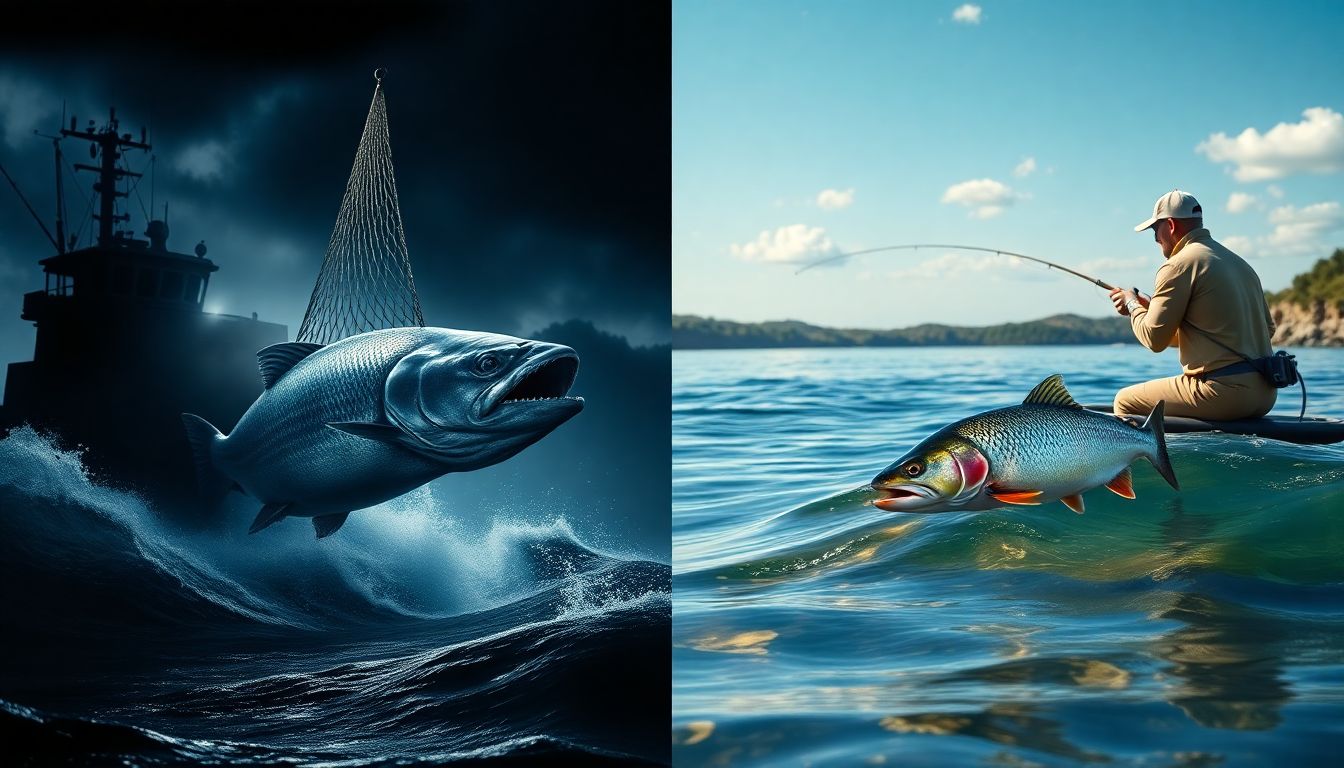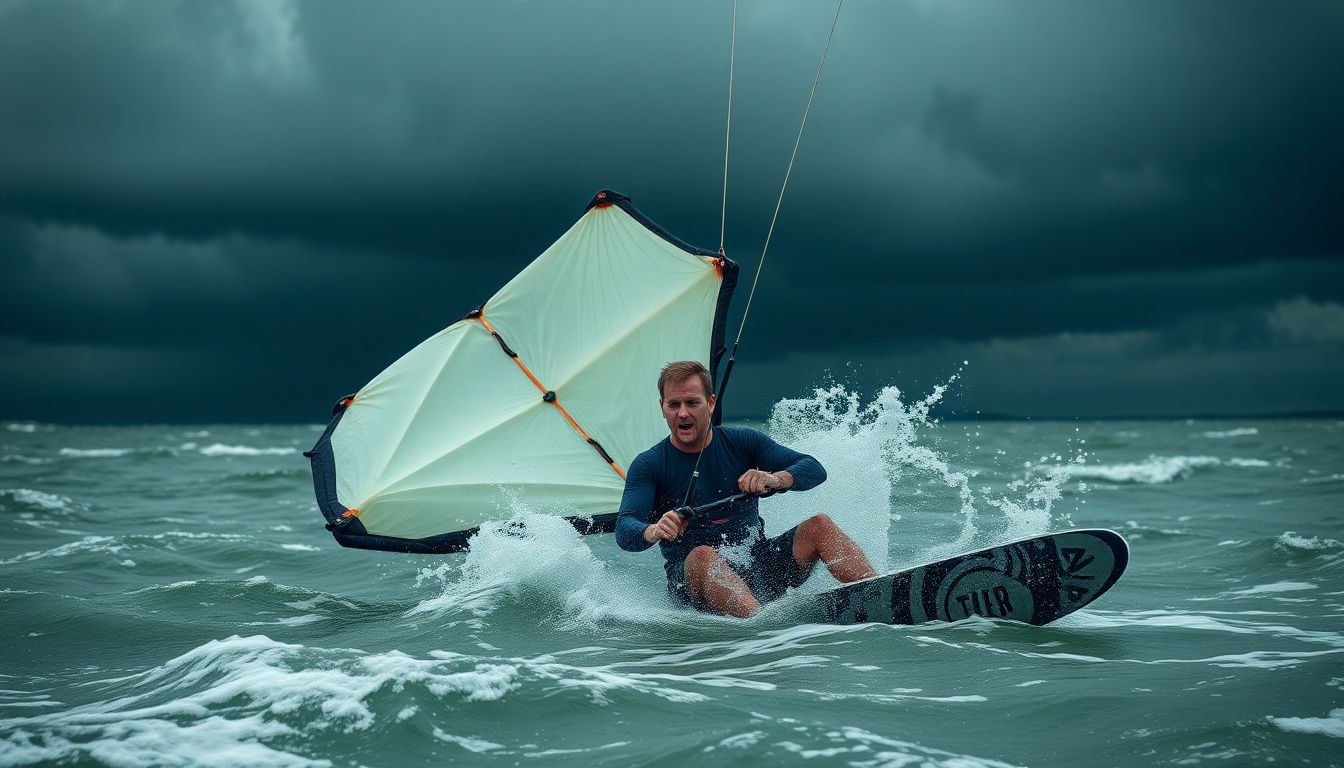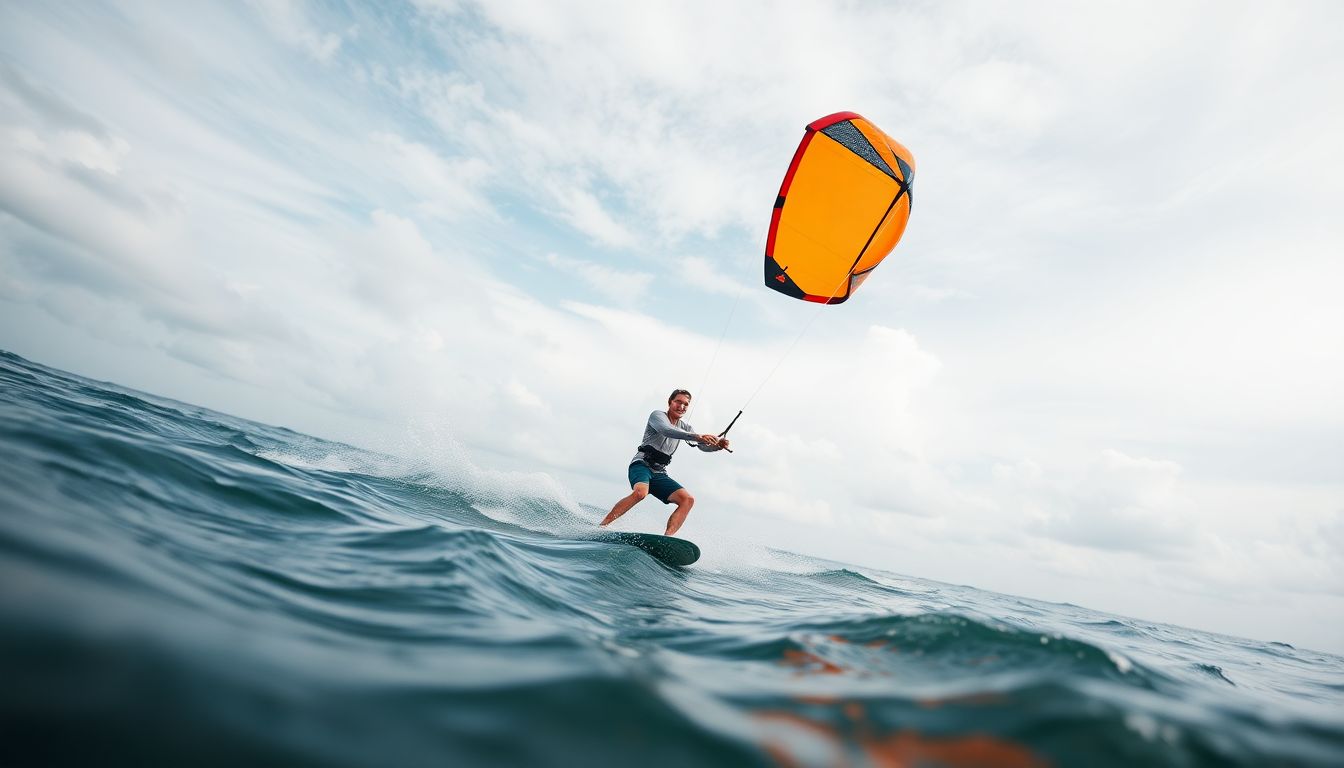Fishing is more than just a pastime; it’s an industry that shapes economies and lifestyles. Did you know that recreational fishing contributes over $50 billion annually to the U.S. economy? Among the myriad styles of fishing, deep sea and freshwater fishing stand out, each captivating enthusiasts in different ways. This article will unveil the key differences between these two distinct styles of fishing, exploring their environments, target species, gear, safety regulations, and personal preferences. Deep sea fishing vs. freshwater fishing? You’ll find out.
[Also see How to Prepare for a Deep Sea Fishing Trip: Your Ultimate Checklist].
The Aquatic Environments: A World Apart
Deep Sea Habitats
Deep sea fishing takes place in the vast, mysterious depths of the ocean. Here, the pressure can reach over 1,000 times that at sea level. Water temperature in these regions can also be extreme, often dropping below freezing as you descend. Light availability diminishes quickly; at around 600 feet, sunlight barely penetrates. The ocean is home to around 230,000 identified species, with many more yet to be discovered.
Freshwater Ecosystems
In contrast, freshwater fishing occurs in lakes, rivers, and ponds. These environments vary widely, providing habitats that can be warm and shallow or deep and cold. There are approximately 10,000 species of freshwater fish, showcasing great biodiversity but still less than what’s found in the ocean.
Environmental Impact Considerations
Both types of fishing have their environmental concerns. Deep sea fishing can lead to overfishing and habitat destruction, while freshwater fishing may contribute to pollution and the introduction of invasive species. Sustainable practices are crucial in both arenas.
The Target Species: A Tale of Two Worlds
Deep Sea Game
Deep sea fishing attracts anglers eager to catch powerful game fish. Species like marlin, tuna, and swordfish are popular targets. Marlin can weigh over 1,000 pounds, providing an exhilarating challenge for seasoned fishers. Record catches often exceed these figures, pushing the limits of fishing prowess.
Freshwater Favorites
On the freshwater side, anglers gravitate towards species like bass, trout, and catfish. Bass, for instance, are known for their aggressive behavior, while trout often prefer cooler streams. Each species has unique habits and preferred baits. Notably, many states have record catches that highlight the excitement and variability found in freshwater fishing.
Species-Specific Challenges
Fishing for each target species comes with unique hurdles. For example, deep-sea fishing often requires techniques like trolling, while freshwater fishing might involve fly or bait fishing. Understanding these differences can enhance your fishing experience.
Gear and Techniques: A Divergent Approach
Deep Sea Fishing Equipment
Deep sea fishing equipment is specialized and can be quite complex. Anglers use heavy-duty rods, large-capacity reels, and robust lines, often exceeding 100 pounds of test strength. Safety equipment is also essential—life jackets and emergency supplies should never be overlooked.
Freshwater Fishing Techniques
Conversely, freshwater fishing offers a range of techniques. Fly fishing, spinning, and bait fishing are common methods. Gear for freshwater fishing is generally more affordable and easier to transport, making it accessible to beginners.
Budget Considerations
When it comes to costs, deep sea fishing can be more expensive than freshwater fishing. Chartering a boat and hiring a crew can add up quickly. Freshwater outings often involve lower fees, making it easier for families to enjoy fishing trips.

Safety and Regulations: Navigating the Waters
Deep Sea Fishing Safety
Safety is a priority in deep sea fishing. Fishermen must be aware of weather patterns and understand boat handling in rough waters. Hazards such as large waves and equipment malfunctions can pose risks. Always adhere to boating safety guidelines for a secure fishing experience.
Freshwater Fishing Safety
Freshwater fishing safety includes awareness of conditions like currents and water temperatures. Additionally, submerged objects and wildlife can present dangers. State fishing regulations often dictate safe practices, and understanding these is essential for protection.
Licensing and Regulations
Licensing varies between deep sea and freshwater fishing. Deep sea fishing may require federal permits, while freshwater fishing is usually governed by state regulations. Checking local laws is crucial to avoid fines. For more see here.
The Ultimate Fishing Experience: Personal Preference and Skill
Personal Preferences
Choosing between deep sea and freshwater fishing often boils down to personal enjoyment. Some prefer the thrill of battling a giant tuna, while others find peace in casting a line at a tranquil lake.
Skill Level Considerations
Skill requirements differ significantly. Deep sea fishing can demand more advanced techniques and experience. In contrast, many freshwater methods are beginner-friendly, allowing newcomers to develop their skills easily.
Choosing the Right Fishing Trip
Selecting the right fishing experience based on your preferences and skill level is key. Consider factors like location, species of interest, and your comfort with different techniques.
Conclusion
Deep sea fishing and freshwater fishing offer unique experiences, each with its advantages and challenges. Understanding their key differences—environments, target species, gear, safety, and personal preference—can help you decide which type of fishing suits you best. Whether you choose the depths of the ocean or scenic lakes, both styles promise unforgettable moments on the water. Embrace the adventure and cast your line!








